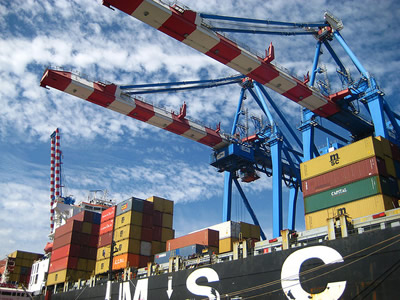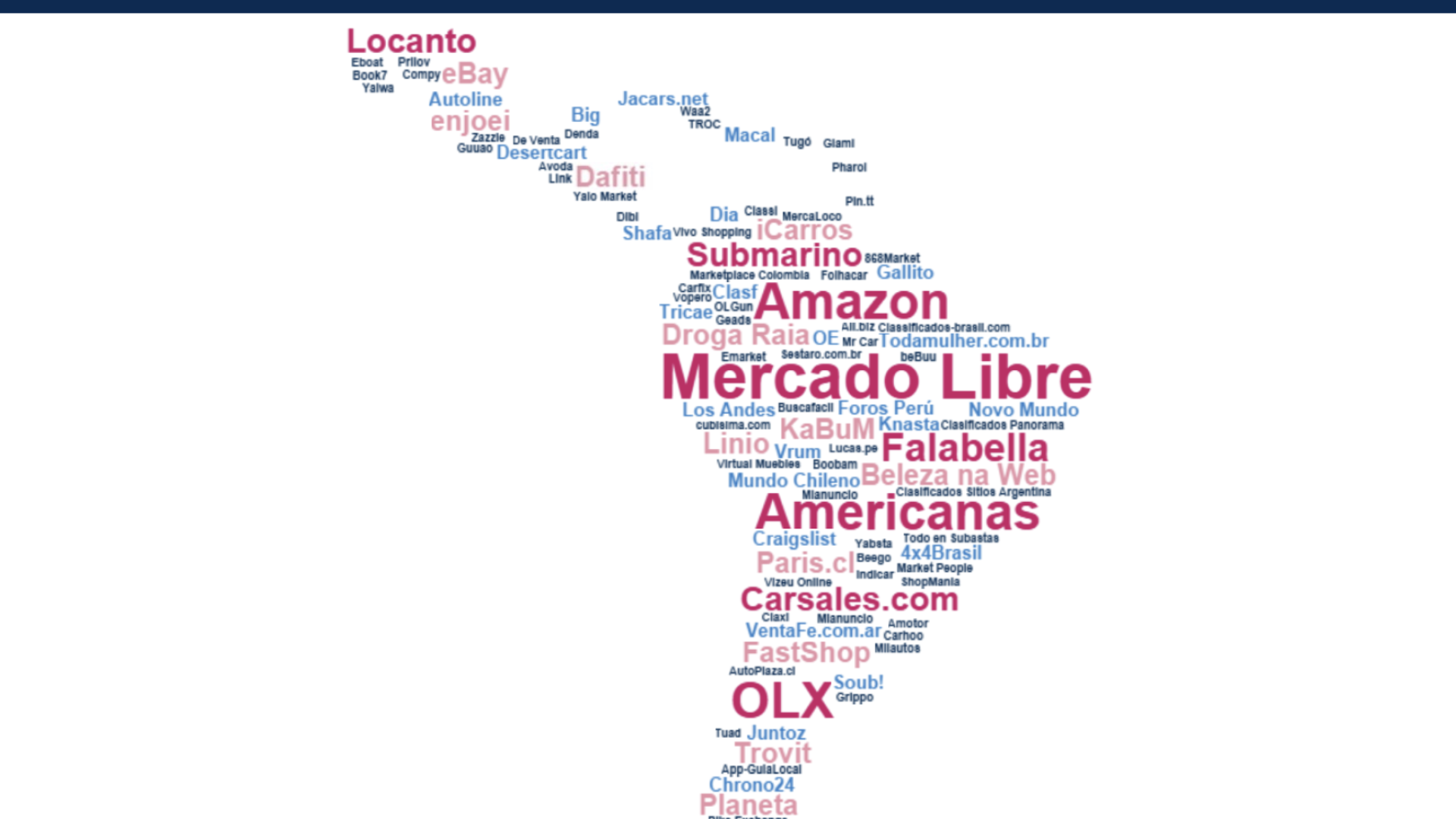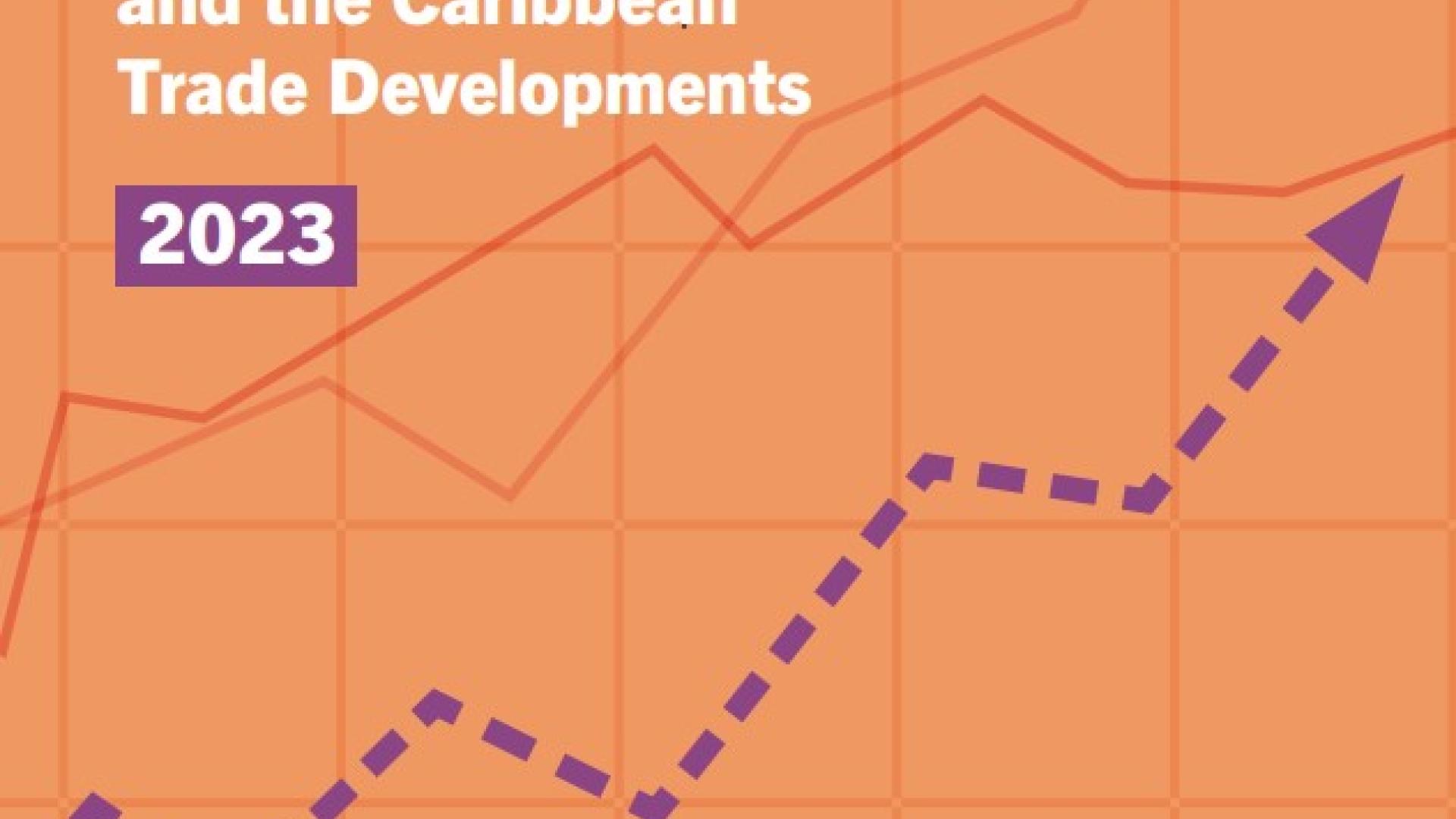Briefing note
(18 June 2013) The container throughput in Latin American and Caribbean ports remained sluggish in 2012, and this confirmed the slowdown in the region's foreign trade over the past year, due to recession in Europe and slower growth in the United States and China, according to ECLAC.
According to the ranking of container port throughput in Latin America and the Caribbean, published in Spanish by ECLAC in its Maritime Profile (://www.cepal.org/perfil/default.asp), in 2010 the container port throughput in maritime terminals grew by 15.9%, which fell to 13.9% in 2011 and 4.3% in 2012.
The ranking, which ECLAC complied directly in conjunction with port authorities, shows the breakdown of 2012 throughput in the region's 80 main ports. Latin America and the Caribbean's main container ports posted growth of 7.4% in the first half of 2012, but experienced a dramatic slowdown in the second half of the year (with growth of just 0.4%).
The fall in port activity in 2012 was concentrated in five countries: Argentina and Jamaica, with annual reductions of -10.5% and -35.1%, respectively, and Chile, Panama and Brazil, which recorded low annual growth of 1.2%, 3.4% and 3.6% (with a reduction in the second half of the year of -2.2%, -2.6% and -1.2% in each case).
In contrast, other countries in the region appear immune to the port slowdown and maintained high growth rates despite the global recession. This applied to Peru (9.9%), Colombia (18.2%), Mexico (13.9%), Costa Rica (15.0%), Venezuela (17.6%) and the Dominican Republic (18.4%).
According to ECLAC, these countries' most buoyant ports in 2012 were Callao in Peru, Cartagena and Buenaventura in Colombia, Lázaro Cárdenas, Veracruz and Manzanillo in Mexico, Limón Moin in Costa Rica, Cabello in Venezuela and Caucedo in the Dominican Republic.
According to this United Nations Commission, there are many causes of this uneven performance among countries, their ports and container/multipurpose terminals. For instance, the Chilean ports San Vicente and San Antonio show double-digit growth thanks to successful projects and business management. However, this industry only posted annual growth of 1.2% in the country.
In the Caribbean, the ports of Caucedo in the Dominican Republic and Freeport in the Bahamas are the only ones to maintain positive results in their category (transhipments), which makes a contribution to the subregion's growth.
See the complete ranking of container port throughout in Latin America and the Caribbean, by port, from 2010 to 2012 on the ECLAC website (in Spanish).
Any queries should be sent to the ECLAC Public Information and Web Services Section.
E-mail: prensa@cepal.org; Telephone: (56 2) 2210 2040.



